
The presidency of the United States has always been a position fraught with peril, a target for those who seek to dramatically alter the course of history through violence. Four sitting U.S. presidents – Abraham Lincoln, James A. Garfield, William McKinley, and John F. Kennedy – tragically lost their lives to assassins’ bullets, events that are etched into the national consciousness and frequently revisited in history books. These successful assassinations represent some of the darkest chapters in American history, moments of profound national grief and upheaval.
Yet, for every successful assassination, there are countless other plots and attempts that failed, often due to extraordinary circumstances, vigilant security, or simply sheer luck. These less-recounted stories, ranging from the early 19th century to more modern times, unveil a hidden history of presidential vulnerability and the constant vigilance required to protect the nation’s highest office. The motivations behind these attacks were as varied as the individuals who conceived them, spanning political fervor, personal grievances, and, in some cases, profound mental instability.
In this article, we delve into 7 such failed assassination attempts and plots, shedding light on the incidents that rarely make it into standard history texts. These are the narratives of near misses, thwarted conspiracies, and bizarre circumstances that could have irrevocably changed the trajectory of American history, offering a deeper understanding of the persistent threats faced by U.S. presidents, both incumbent and former, and presidents-elect.
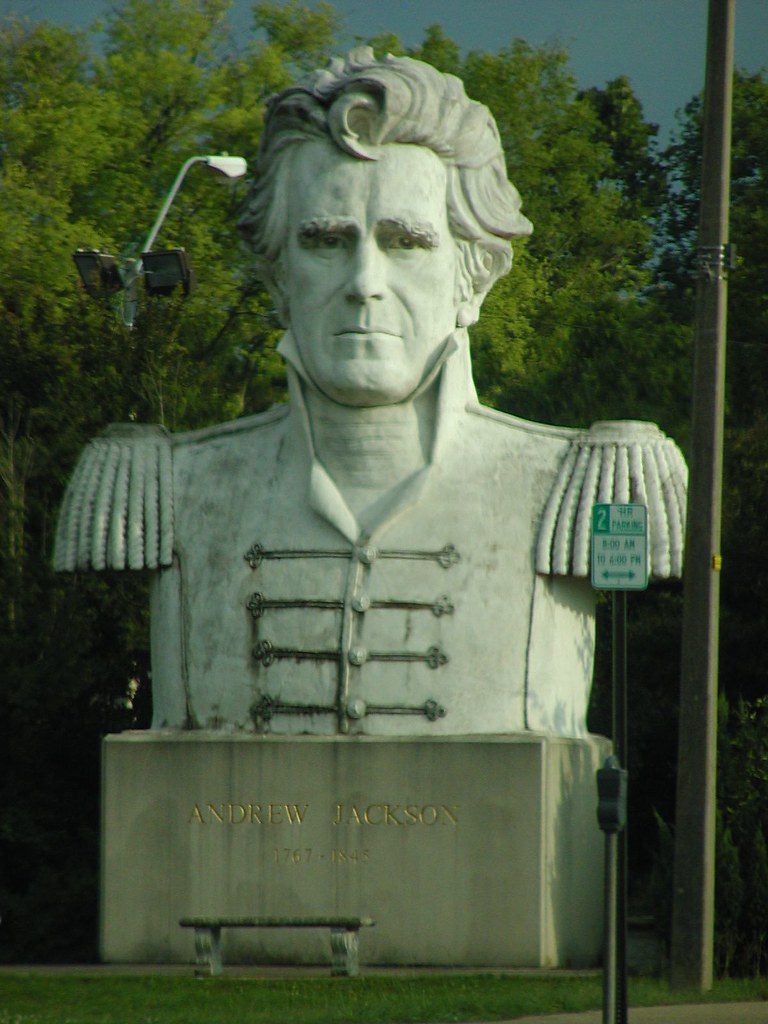
1. **The Day Andrew Jackson Nearly Met His End (1835)**On January 30, 1835, a chilling incident unfolded just outside the Capitol Building, marking the first ever assassination attempt on a sitting U.S. president. President Andrew Jackson, a man known for his fiery temperament and unyielding will, was confronted by a house painter named Richard Lawrence. This encounter would become a remarkable tale of fate and presidential resilience, largely forgotten amidst the more famous tragedies.
Lawrence, armed with two pistols, approached the president with murderous intent. In a stroke of extraordinary luck, or perhaps divine intervention, both of Lawrence’s pistols misfired. Despite the gravity of the situation, the pistols were later tested and found to work perfectly, adding an almost unbelievable twist to the event. This mechanical failure proved to be a critical turning point, sparing Jackson from what would have been certain death.
President Jackson, an old war hero, did not hesitate. He immediately confronted his assailant, beating him severely with his cane until others intervened and apprehended Lawrence. The would-be assassin was subsequently found not guilty by reason of insanity and spent the remainder of his life confined to a mental institution, underscoring the complex motivations that sometimes drive such desperate acts.
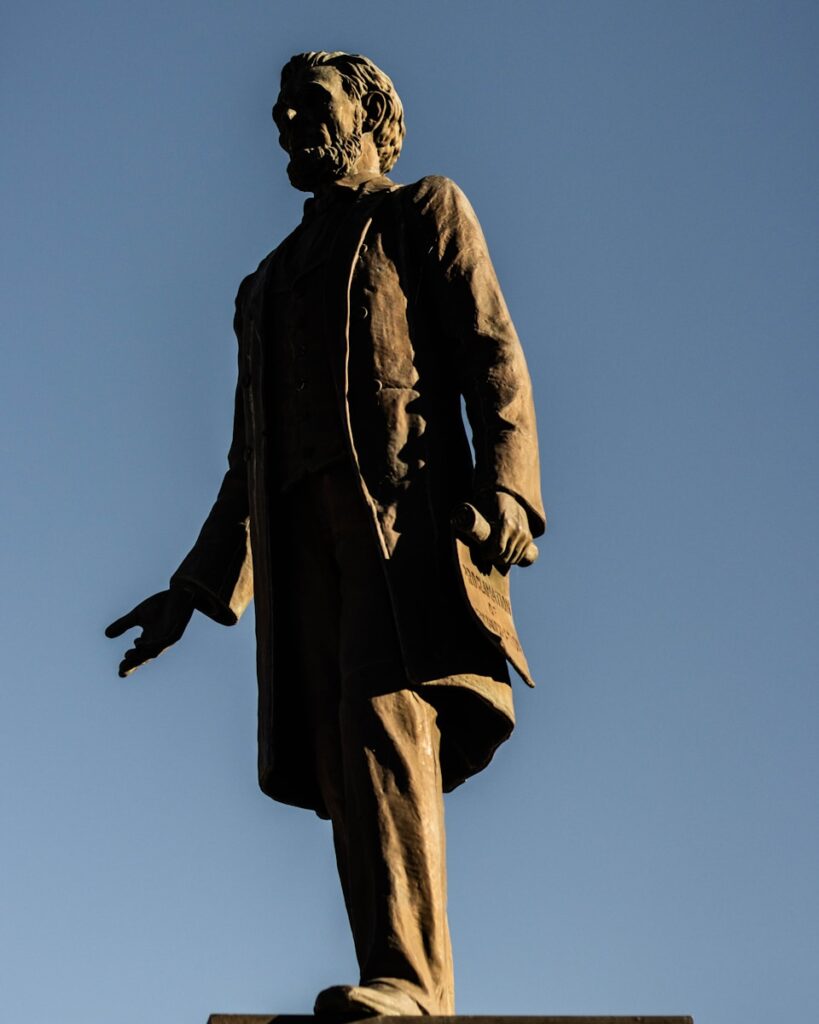
2. **Lincoln’s Perilous Inaugural Journey: The Baltimore Plot (1861)**Even before taking the oath of office, President-elect Abraham Lincoln faced a credible threat to his life in February 1861. As he traveled to Washington, D.C., for his inauguration, rumors of the “Baltimore Plot” circulated – an alleged conspiracy by Confederate sympathizers in Maryland to assassinate Lincoln en route. The nation was on the brink of civil war, and tensions were extraordinarily high, making such threats feel disturbingly real.
Amidst this volatile atmosphere, Allan Pinkerton’s National Detective Agency played a pivotal role in protecting the president-elect. Pinkerton and his agents meticulously managed Lincoln’s security throughout his journey, particularly during his passage through Baltimore, a city with strong Southern sympathies. Their covert operations and intelligence gathering were crucial in navigating the perilous landscape.
Although scholars continue to debate the exact nature and credibility of the Baltimore Plot, Lincoln and his closest advisors undoubtedly took the threats seriously. They acted decisively to ensure his safe passage, altering his travel plans and maintaining a discreet but robust security presence. This early brush with assassination foreshadowed the many dangers Lincoln would face throughout his presidency.

3. **The Unscientific Threat: Lincoln and the Yellow Fever Plot (1863)**During the dark days of the Civil War, another bizarre and audacious plot against President Lincoln allegedly emerged, detailed by Confederate agent Godfrey Joseph Hyams in 1865. Hyams claimed that in December 1863, he was recruited by Luke P. Blackburn into a scheme designed to cripple the Union by spreading yellow fever throughout Northern cities.
The gruesome plan involved distributing clothes from patients infected with yellow fever into target cities. Even more disturbingly, Hyams alleged that Blackburn had instructed him to deliver a batch of contaminated clothes specifically to the White House, with the express purpose of infecting President Lincoln. It was a macabre vision of biological warfare, aiming to bring down the Union government through disease.
Unknown at the time, however, was the crucial fact that yellow fever is spread by mosquito bites, not by direct contact with infected clothing. Any such plot, had it been executed, would have been doomed to failure from a scientific standpoint. Despite the eventual acquittal of Blackburn after Hyams went public with his allegations, the mere existence of such a plot reveals the extreme measures considered by some during the war.

4. **A Bullet in the Hat: Lincoln’s Near Miss at Soldiers’ Home (1864)**In August 1864, Lincoln experienced a chillingly close call that highlights the persistent, often solitary, danger he faced. As was his custom, the president often rode unguarded in the late evening from the White House, three miles north to the Soldiers’ Home, his regular retreat where he would work and sleep before returning to the White House the following morning. This routine offered a brief respite but also presented a significant security vulnerability.
One evening, near 11:00 PM, Private John W. Nichols of the Pennsylvania 150th Volunteers, who was on sentry duty at the gated entrance to the Soldiers’ Home grounds, heard a lone rifle shot. Moments later, he saw President Lincoln riding toward him, remarkably “bareheaded.” A sniper, whose identity remains unknown to this day, had fired a shot that missed Lincoln’s head by mere inches, instead passing through his hat.
Lincoln described the matter to Ward Lamon, his old friend and loyal bodyguard, with a characteristic calm that belied the profound danger he had just escaped. This incident underscores the constant, pervasive threat that surrounded Lincoln throughout his presidency, often in the most unassuming moments and locations.
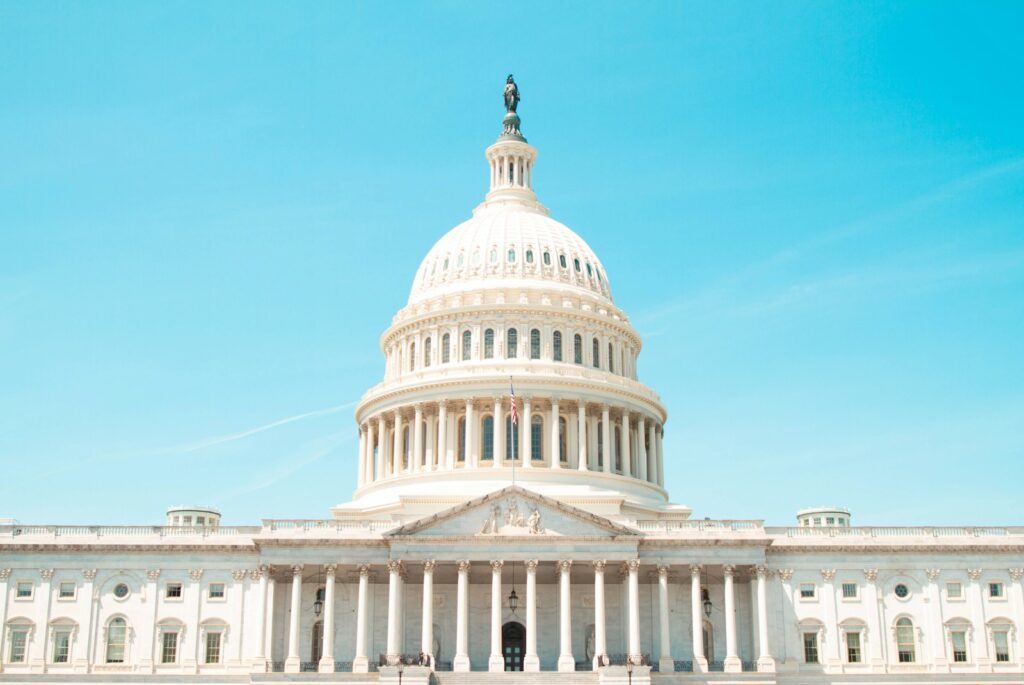
5. **The White House Explosion Plot (April 1865)**Just days before the successful assassination of Abraham Lincoln, another elaborate and destructive plot was underway, aiming to completely decapitate the United States government. On April 1, 1865, Confederate agent Thomas F. Harney was dispatched from Richmond to Washington, D.C., with a terrifying mission: to kill President Lincoln and his entire cabinet.
Harney’s plan was nothing short of apocalyptic. He intended to blow up the White House after gaining access via a secret underground entrance. This plot wasn’t just about targeting the president; it aimed to dismantle the entire federal leadership, sowing chaos and potentially prolonging the Confederate cause in the dying days of the Civil War. The scope of the conspiracy highlighted the desperation and ruthlessness of some involved in the conflict.
Fortunately, this calamitous plot was thwarted before it could be carried out. Union troops received a crucial tip-off from Confederate soldier William H. Snyder, who revealed the details of Harney’s mission. This intelligence allowed Union forces to intercept and arrest Harney en route to Washington on April 10, just four days before John Wilkes Booth would achieve his infamous goal. The prevention of this plot averted an even greater catastrophe for the nation.
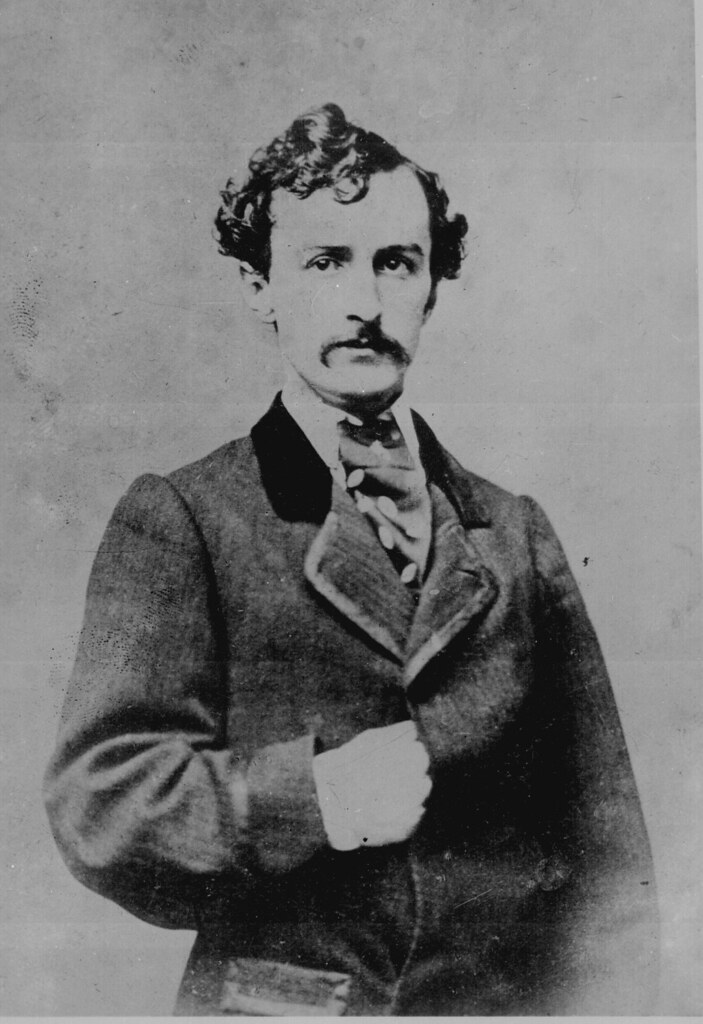
6. **Booth’s First Failed Attempt (April 11, 1865)**John Wilkes Booth, whose name is synonymous with the assassination of Abraham Lincoln, actually had an earlier, failed attempt to take the president’s life just three days before his infamous act. On April 11, 1865, Booth, accompanied by his future co-conspirators David Herold and Lewis Powell, attended Lincoln’s final public address in Washington, D.C.
During the speech, Lincoln expressed his support for granting voting rights to former slaves, a proposition that deeply enraged Booth, a fervent Confederate sympathizer. Consumed by fury, Booth ordered Lewis Powell to shoot Lincoln on the spot. It was a spur-of-the-moment command, driven by Booth’s visceral reaction to Lincoln’s progressive stance on civil rights.
However, Powell ultimately decided against carrying out the order, fearing the massive crowd that surrounded them would make an escape impossible. Despite this immediate failure, Booth was not deterred. He famously vowed to “put him through” and immediately began formulating a new, more comprehensive plan to kill Lincoln, which tragically came to fruition on April 14, forever altering American history.
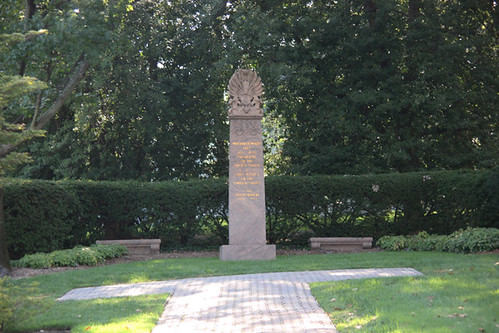
7. **The Mexican Summit Plot Against William Howard Taft (1909)**In 1909, President William Howard Taft and Mexican President Porfirio Díaz planned a historic summit in El Paso, Texas, and Ciudad Juárez, Chihuahua. This event was not only the first meeting between a U.S. and Mexican president but also the first time an American president would cross the border into Mexico. Its significance was immense, aiming to show U.S. support for Díaz and protect American capital invested in Mexico.
Both sides agreed that the disputed Chamizal strip, connecting El Paso to Ciudad Juárez, would be neutral territory with no flags during the summit. However, the high-profile meeting drew unwanted attention to this sensitive area, resulting in numerous assassination threats and serious security concerns. The political stakes were incredibly high, making the protection of both leaders paramount.
A massive security detail was assembled, comprising Texas Rangers, 4,000 U.S. and Mexican troops, U.S. Secret Service agents, FBI agents, and U.S. Marshals. An additional 250-member private security detail, led by the celebrated scout Frederick Russell Burnham, was also hired by John Hays Hammond, a close friend of Taft with significant mining interests in Mexico. This collaboration of forces reflected the gravity of the perceived threats.
On October 16, the day of the summit, vigilance paid off dramatically. Burnham and Private C.R. Moore, a Texas Ranger, discovered 52-year-old Julius Bergerson holding a concealed palm pistol. Bergerson was standing at the El Paso Chamber of Commerce building, directly along the procession route, mere feet from where Taft and Díaz were to pass. His intentions were clear and deadly.
Burnham and Moore swiftly captured and disarmed Bergerson, preventing what could have been an international catastrophe. This daring act of quick thinking and decisive action by the security detail ensured the safety of both presidents and allowed the historic summit to proceed without bloodshed. It stands as a testament to the unseen heroes who work tirelessly behind the scenes to protect leaders from harm.




